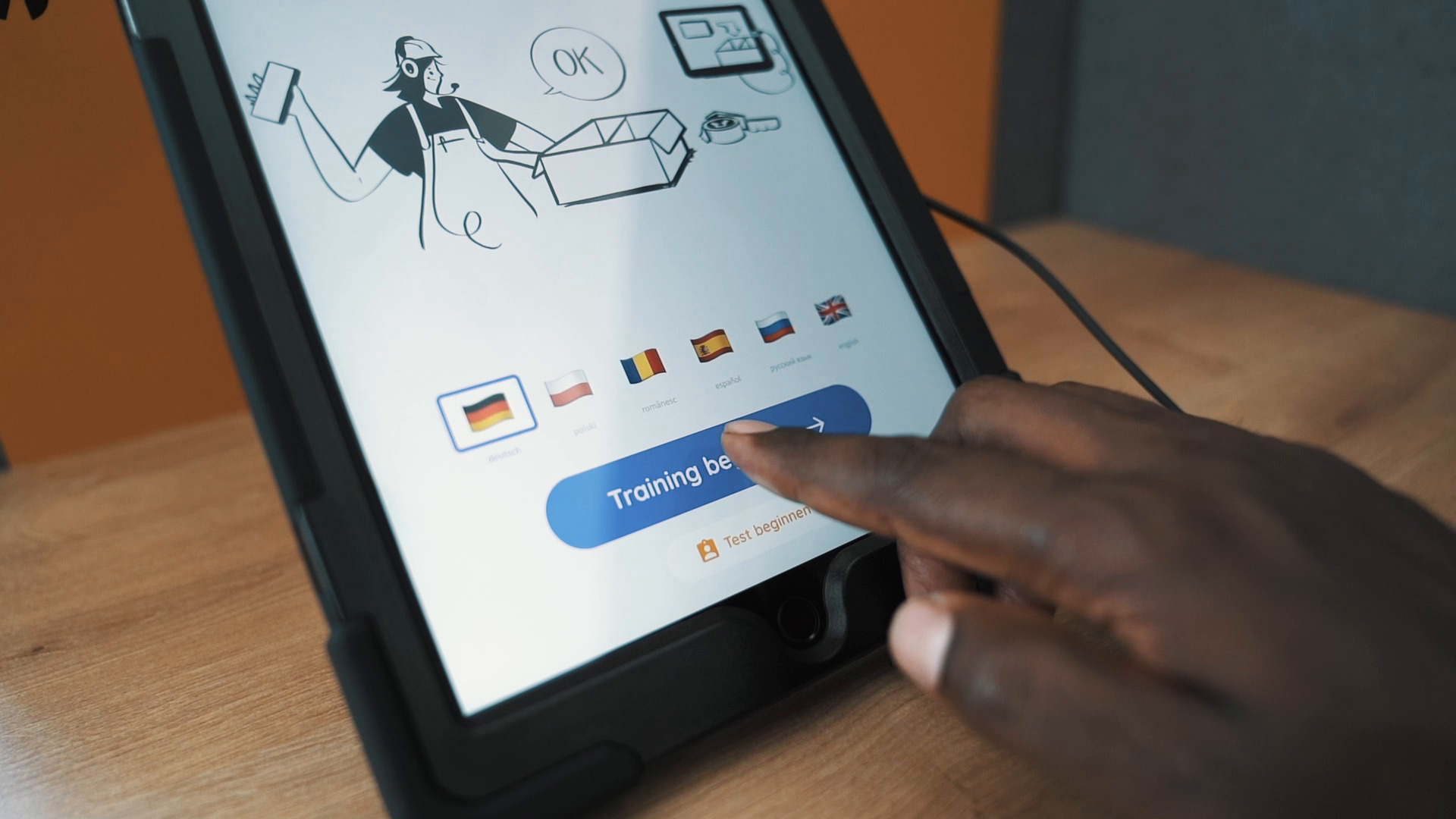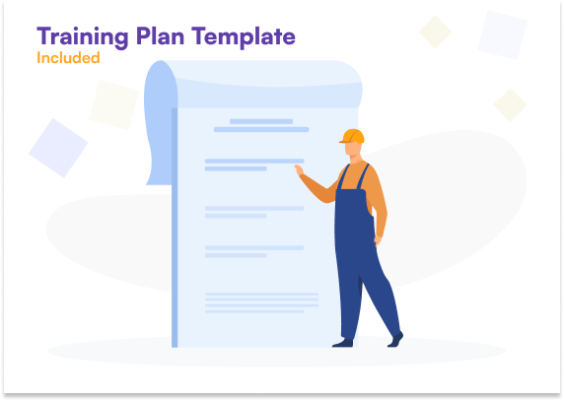Download the Sample Logistics Training Plan Template for Warehouse Employees
In line with modern-day warehouse logistics, employees need more than basic skills to understand complex logistical processes and operate machinery. A warehouse logistics training plan for employees needs to cover warehouse logistics technicalities, processes, and essential skills. Training should be comprehensive, personalized, and straightforward to propel warehouse employees to maintain consistent productivity.
This post sheds light on the training practices and initiatives for warehouse logistics employees and how employees can navigate warehouse logistics training programs.
Logistics Training and Its Importance
Warehouse logistics training involves controlling and planning processes related to the transportation of various goods.
According to the Bureau of Statistics, logistics workers need to develop critical thinking and communication skills along with basic customer service. Warehouse workers have to adopt a problem-solving mindset and master organization skills to improve their on-site performance. A PwC report highlights that over 50% of logistics companies don’t have a vibrant culture and fail to roll out proper training initiatives, leading to more logistics and transportation problems.
With warehouse training, logistics companies can put in place dedicated systems and ensure a seamless flow of logistical operations.
You can use a warehouse logistics software solution to expand employee knowledge, improve skills, and monitor performance parameters.
Logistics companies should help warehouse employees to understand new technologies related to logistics operations.
How Do You Create a Training Plan for Logistics?
1. Utilize Microlearning
Endless resources and practical guidelines can overwhelm new warehouse employees. Instead, adopt microlearning so that warehouse workers can consume training information in small portions. Logistics is a highly complicated industry. A simplified learning approach can improve employee engagement and make the learning process more flexible.
In line with micro learning, you can use how.fm to create YouTube videos-like courses within its content management system. This way, warehouse workers can train by watching the courses on their mobile or tablet devices. You can also automate language translations for your warehouse workers in over 30 languages.

Whether in Ukrainian, Polish, or Arabic, workers can have an interactive learning experience. All it takes for warehouse workers is to use their voice to control the pace of the language and take regular quizzes. Every micro-learning task acts as an independent achievement for each worker and helps warehouse workers understand the scope and responsibilities of the job better.
2. Let Workers Dictate Training
Some logistics training, like where packages arrive, needs to be conducted immediately. However, other training can be more gradual. Your workers will naturally begin to develop logistics questions as they learn more about where they fit in the process. Remote tools and training modules let workers self-train at their own pace. You can use a custom training software solution and set specific deadlines for warehouse workers to keep up with the training without falling behind.
3. Use an Ideal Training Method for a Different Employee
Since there are many training methods, it’s helpful to use training approaches that work differently for each warehouse worker. Remember, what may work for one warehouse employee may not work for another. Try categorizing warehouse employees based on different training methods.
4. Leverage Online Learning Programs and Platforms
It is vital to make the most out of online learning programs, tools, and platforms. Create a learning balance between practical and theatrical knowledge throughout training. The best training for logistics warehouse employees offers balanced learning with an online platform that’s easy to use and understand.
5. Conduct Regular Reviews and Track Process
Perform thorough reviews to spot knowledge gaps. You can also set training initiatives based on specific goals and track the performance of warehouse employees. During reviews, take the opportunity to see if employees see any weaknesses in logistics processes or possibilities for improvement.
6. Ask about Logistics in Exit Interviews
Employees may be willing to talk about logistics issues or possible solutions in an exit interview when they were previously reluctant. What the employee has to say may reflect poorly on another employee or create more work for their position, which may have caused them not to bring it up before.
Final Thoughts
In a competitive logistics space, it is vital to have comprehensive and updated training for logistics warehouse employees. In fact, you’d be surprised by the long-lasting positive impact of thorough warehouse logistics training on your employees.
Training makes it possible for employees to better fit into their position to achieve the goals of the company. Continuous training sessions mean more motivation and excitement among warehouse employees, which leads to long-term retention.
Today’s warehouse logistics operations are different from a decade ago. Opt for a dedicated warehouse logistics training course that can work in favor of your employees, generate more revenue, and improve overall customer service. Warehouse logistics training serves as an important initiative for companies to improve profitability, drive more growth, and move forward in the right direction.
Using how.fm as the go-to software for training your warehouse employees
With how.fm, you can onboard new warehouse workers or train the existing ones without worrying about the language barrier and without the usual chaos. With how.fm onboarding and training solution, logistics companies can minimize stress levels, improve safety, ensure 100% compliance, reduce high turnover rate, accelerate logistical processes, and cut back on at least 60% of costs.
how.fm believes in making practical knowledge available to all – regardless of language or background. If you share the same values and wish to empower your logistics workforce through training in their own language, let’s talk. You can request a product demo here.
Download the Sample Logistics Training Plan Template for Warehouse Employees
Now that you understand more about why logistics training for warehouse employees is so important and have some tips about how to most effectively conduct training in your warehouse, you can download our sample training program template to help you implement a practical training program.
Logistics training can too often be overlooked since some aspects are more big picture than it seems important for your employees to learn. In fact, logistics training can help your warehouse employees be proactive and creative in their jobs, improving your overall process.
It can also make employees feel more appreciated and involved, which can improve employee retention. Logistics training shouldn’t be overlooked. Book a 15-minute product demo to see how you can effortlessly integrate logistics training into your workers’ days.
